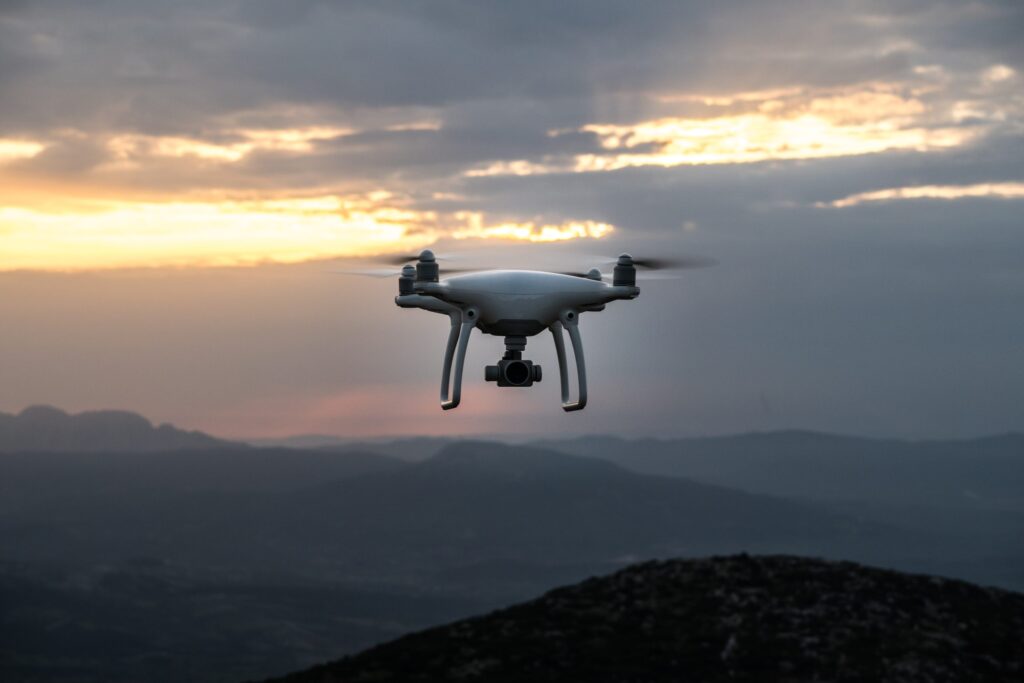

For years, drones were an exclusive form of technology available to governments and defence agencies alone. Today, however, commercial and domestic drone use is booming: the devices are now finding crucial roles in the workflow of some of the world’s largest industries, while consumers are jumping on the popular trend. As builders, growers, engineers, and miners scale their drone operations, the capability of this technology to collect vast amounts of data is only likely to grow.
The rise of drones has been driven by advancements in a variety of underpinning technologies, such as miniaturised remote sensors and high-capacity batteries, as well as a positive regulatory environment and investor enthusiasm. These catalysts have combined to make drones an increasingly attractive solution to a diverse range of business problems.
In response to rapid growth in the use of drones, regulators are watching the development of this sector very closely. Despite wanting to embrace the benefits of drones, the importance of ensuring public safety and privacy remains a key concern. Since drone technology and applications are evolving at a breakneck pace, there was little in the way of an existing legal framework for regulators to rely upon. Combined with the challenging traceability of drones in operation, regulators are balancing the imperatives of introducing new regulation to control how they are used, while ensuring that these regulations afford sufficient flexibility for safe and sustainable growth as technology evolves.
Automation is widely considered to be a primary vehicle for the adoption and scaling of drones in the years to come. Automated drone flight, for instance, is not a new concept. However, as this market develops and large enterprises seek to scale up their drone operations outside of trial environments, automation will be necessary to ensure consistent operations and, above all else, unrestricted access to airspace. Access Partnership is currently working to support tech providers – in the domain of Artificial Intelligence – by engaging with regulators and building confidence. What is clear is that formative regulatory frameworks can allow drones to be deployed safely, and over longer distances, without the need for procedural mitigations.
With autonomous drones now becoming a reality, how does one take the next step and automate the analysis of aerial data? This is where machine learning and Artificial Intelligence come in. Machines can be taught to detect patterns and objects, facilitating detect-and-avoid capabilities, but also to generate usable datasets that serve the purpose of many businesses. Why then, despite a great amount of discussion regarding these technologies, has there been so little action? One reason for this is that to fully capitalise on solutions that can automate workflows, a vast amount of data must be exchanged. Fast and reliable data communication is therefore essential, a reality not lost on mobile network operators scrambling to provide ubiquitous coverage. Although we are not there yet, the transition to a world where drones operate entirely on their own has begun. When regulations catch up and the industry is ready to embrace autonomous drones, the technology will be ready to meet demand head on.
We’re excited about the future of this sector and the challenges we will solve for our customers. Drones have risen to the many challenges created by COVID-19, in some cases providing efficient aerial transport of vaccines to remote communities. As we start to look beyond the pandemic, we’re only beginning to see what is possible with drone technology.
The use of drones to automate and serve large-scale public functions does not stop at small craft operating narrowly above our heads. In a future article, Access Partnership will take a closer look at the next step in mobile connectivity: large drone platforms capable of operating for extended periods high in the stratosphere. In the meantime, please listen to our podcast analysing the latest developments surrounding HAPS (High Altitude Platform Stations).